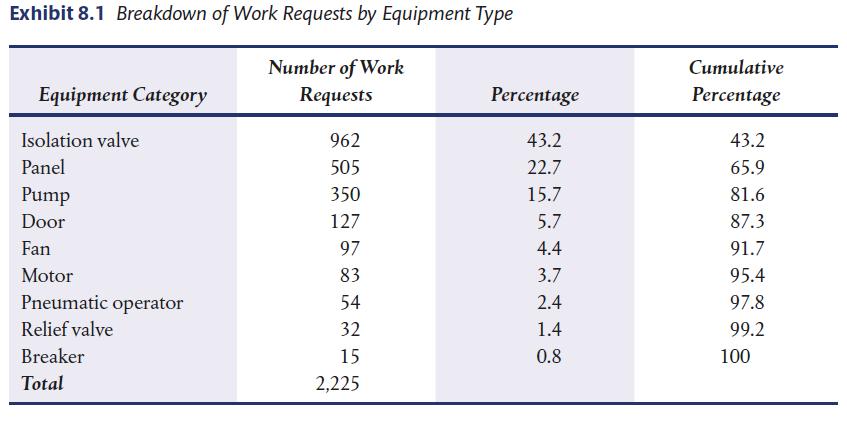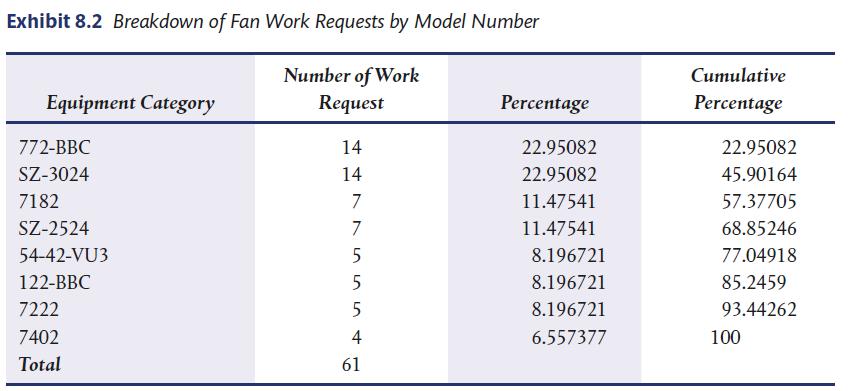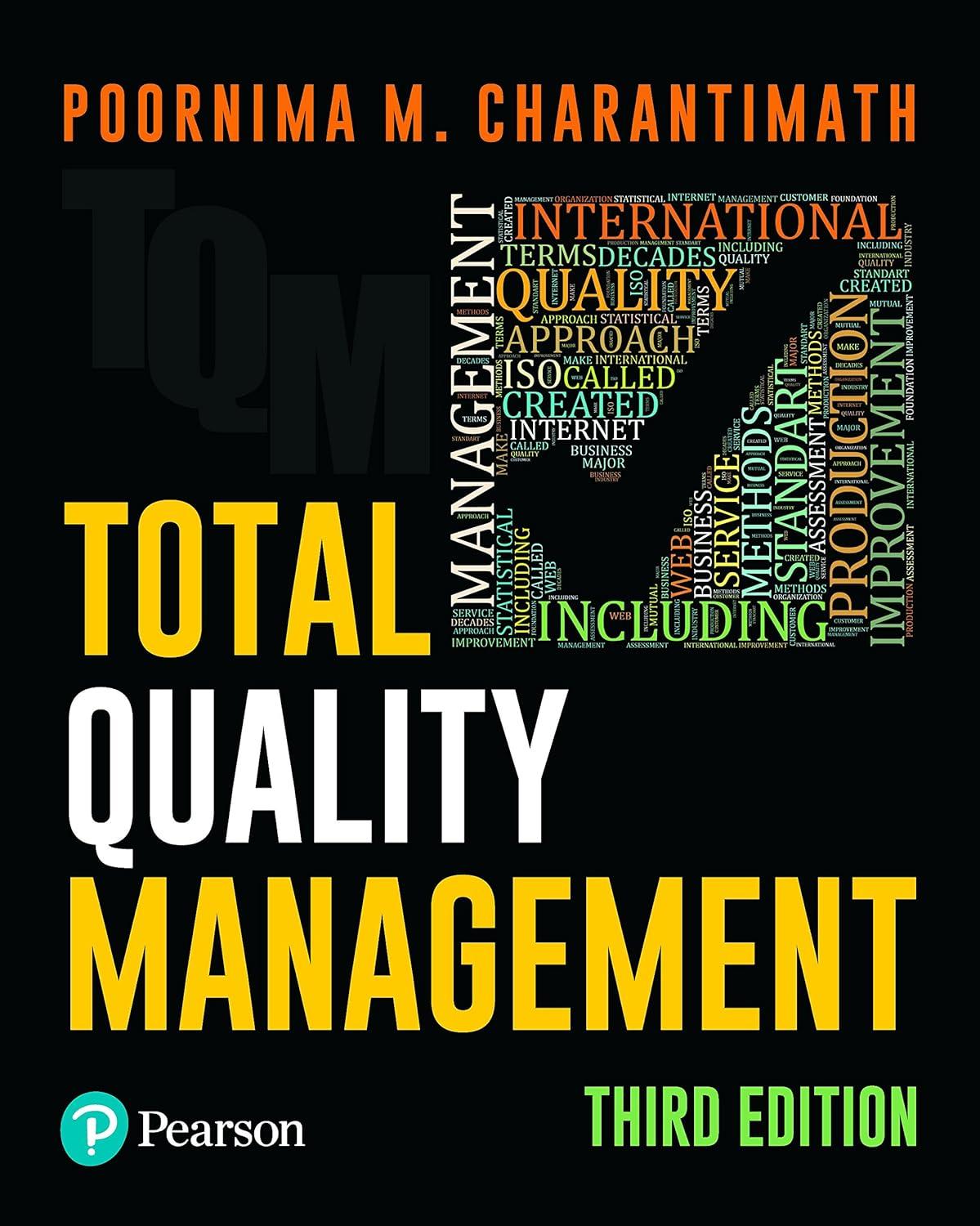National Thermal Power Corporation (NTPC) is Indias largest power company. The company was set up in 1975
Question:
National Thermal Power Corporation (NTPC) is India’s largest power company. The company was set up in 1975 to accelerate power development in India. NTPC is a diversified power major with presence in the entire value chain of the power generation business. Apart from power generation, which is the mainstay of the company, NTPC has already ventured into consultancy, power trading, ash utilization and coal mining. NTPC was ranked 317th in the Forbes Global 2000 ranking of the world’s biggest companies in 2009.
The total installed capacity of the company is 30,644 MW (including JVs) with 15 coalbased and seven gas-based stations located across the country. In addition under JVs, three stations are coal based and another station uses naptha/LNG as fuel. By 2017, the power generation portfolio is expected to have a diversified fuel mix with coal-based capacity of around 53,000 MW, 10,000 MW through gas, 9,000 MW through hydro generation, about 2,000 MW from nuclear sources and around 1,000 MW from renewable energy sources (RES). NTPC has adopted a multi-pronged growth strategy, which includes capacity addition through greenfield projects, expansion of existing stations, joint ventures, subsidiaries and takeover of stations. NTPC has been operating its plants at high efficiency levels. Although the company has 18.79 per cent of the total national capacity it contributes 28.60 per cent of total power generation due to its focus on high efficiency.
NTPC is taking a proactive approach to identify and improve equipment performance. NTPC works with more than 100,000 components. Personnel perform thousands of maintenance activities annually. In organizations with high personnel turnover, many equipment reliability issues can go unnoticed or even become “expected” maintenance. It is not always easy to identify equipment that degrades prematurely when it occurs over many years with different people involved.
All plant components require some level of maintenance over time. Some contribute more than others to the maintenance workload. To minimize operation and maintenance costs, plant equipment needs to operate at a maximum maintenance interval. NTPC’s Component Engineering group employs Pareto analysis, which when applied to maintenance work requests can identify the equipment that contributes the most to the plant maintenance work load.
Conducting Pareto Analysis
A Pareto analysis is conducted by adding the number of work requests for each component type over the time frame of interest. When ordered by the count of work requests for each component, the analysis identifies the “vital few” components that contribute the most to plant maintenance and distinguishes them from the “trivial many” that have a small contribution. The objective is to then take action to reduce the vital few into the trivial many.
Work requests from 2001–2003 were reviewed at NTPC and sorted by equipment type.
The counts for equipment that comprised 40 per cent of all maintenance performed at the plant over the 3-year period are shown in Exhibit 8.1. There are several hundred equipment types in use at the plant. The benefit of this systematic breakdown is a focused review of a limited number of components. In this case, nine equipment types were involved—isolation valve, panel, pump, door, fan, motor, pneumatic operator, relief valve and breaker.
Breakdown by Manufacturer and Model
The work requests for a specific equipment type are reviewed then by manufacturer and model. The information for one equipment type, fans, is provided in Exhibit 8.2. Of the 58 fan models at NTPC, eight models required nearly 50 per cent of the fan maintenance work during 2001–2003. This systematic breakdown permits a focused review of a manageable number of fan applications. Of the 14 work requests on the model SZ-3024 fans (a centrifugal belt driven fan), 36 per cent were triggered by vibration and 64 per cent by loose belts. A study of corrective maintenance work orders revealed that bearings had failed.
The cam-lock style roller element bearings were failing on an average of every 2–3 years compared to their L10 design life of 12–15 years. A thorough review was conducted of the maintenance practices for belt and bearing replacements, the preventive maintenance strategy


employed on the fan and the design of the fan. Discussions with the bearing manufacturer identified a problem with the site maintenance practice, which did not require relocking the collar of the bearing after the run-in of fan belts. Additionally, a more reliable bearing was identified for the application, which is expected to improve the overall reliability of the fan. The result of these improvements will reduce fan maintenance by Rs 21,900,000.
Approach for Isolation Valves
The same systematic approach was used for isolation valves. Since initiating plant operations in 1987, NTPC has experienced repeated position indication (i.e. dual indication or loss of indication) with a particular manufacturer’s solenoid valves. The solenoid valves use a reed switch assembly and a magnet mounted on the valve stem to actuate open or closed lights on the main control room panels.
Over the years, various root-cause analyses focused on the switch assembly and maintenance practices for adjusting the reed switches. Modifications to the reed switch bracket and enhancements to the maintenance procedures did improve reliability. However, a significant number of these position indication problems were still occurring.
A Pareto analysis of position indication failures by valve model number was conducted over a 10-year period from 1995–2004 as shown in Exhibit 8.3. Three models were responsible for 75 per cent of the problems. Recognizing this permitted a focused comparison that identified the same three models had a relay in the position indication electrical circuit. The other models did not have the relay. Mock-up testing verified the relay was causing excessive voltage spikes across the reed switch contacts that resulted in electrical arcing. Over time, the condition would result in micro-welding the reed-switch contacts together, thus producing a malfunction of the position indication. The solution was to install a low cost varistor for voltage suppression that will eliminate the electrical arcing. The expected savings in maintenance is Rs 68,000,000.
Focus of the Investigation
In both the examples, Pareto analysis provided a systematic breakdown of work requests to focus on the vital few components that have the highest contribution to plant maintenance.

The further breakdown of this data by equipment model number and the cause of the equipment degradation focused available resources on a limited number of applications that required investigation. The investigation of the corrective maintenance procedures, preventive maintenance strategies and equipment design revealed equipment that was not operating at the optimum maintenance interval. This approach helps uncover reliability problems obscured by the volume of plant work requests. The Pareto analysis was effective in uncovering the equipment reliability problems. The systematic application of a Pareto analysis resulted in improved equipment reliability and reduced equipment maintenance.
Question For Discussion
1. Explain the issues faced by NTPC in its maintenance department.
2. What were the steps taken to improve the reliability of equipment?
3. Enumerate the benefits derived by NTPC by using Pareto analysis for reliability improvement.
Step by Step Answer:






